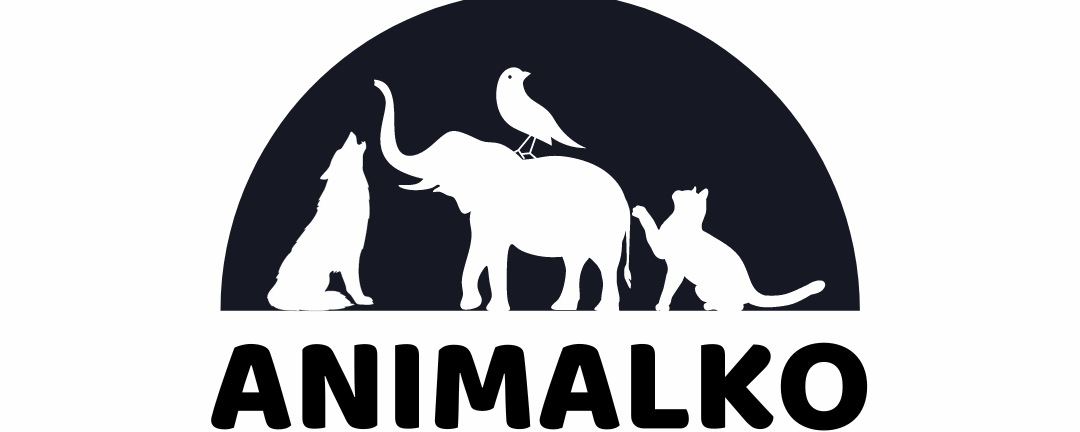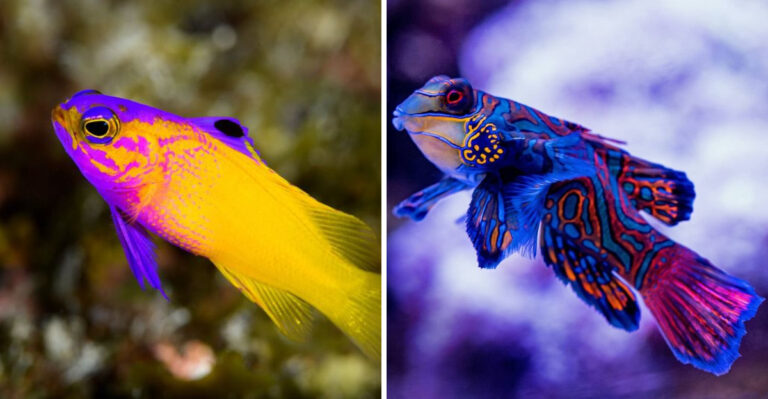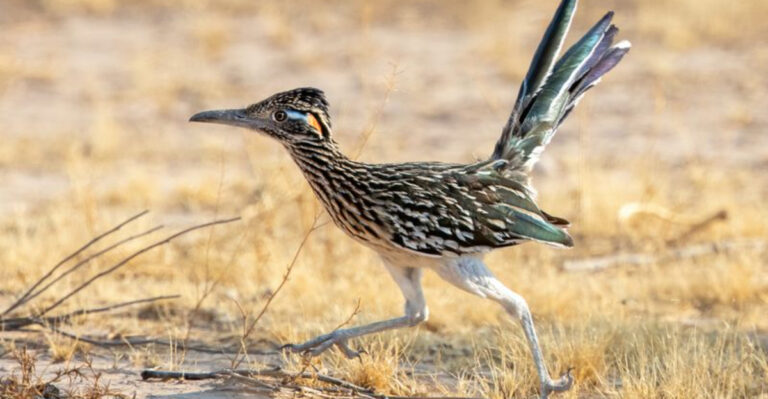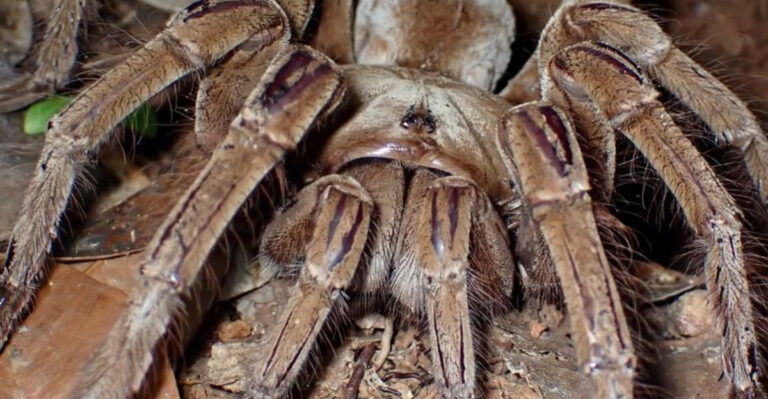12 Irresistible Tailless Cat Breeds You’ll Fall In Love With
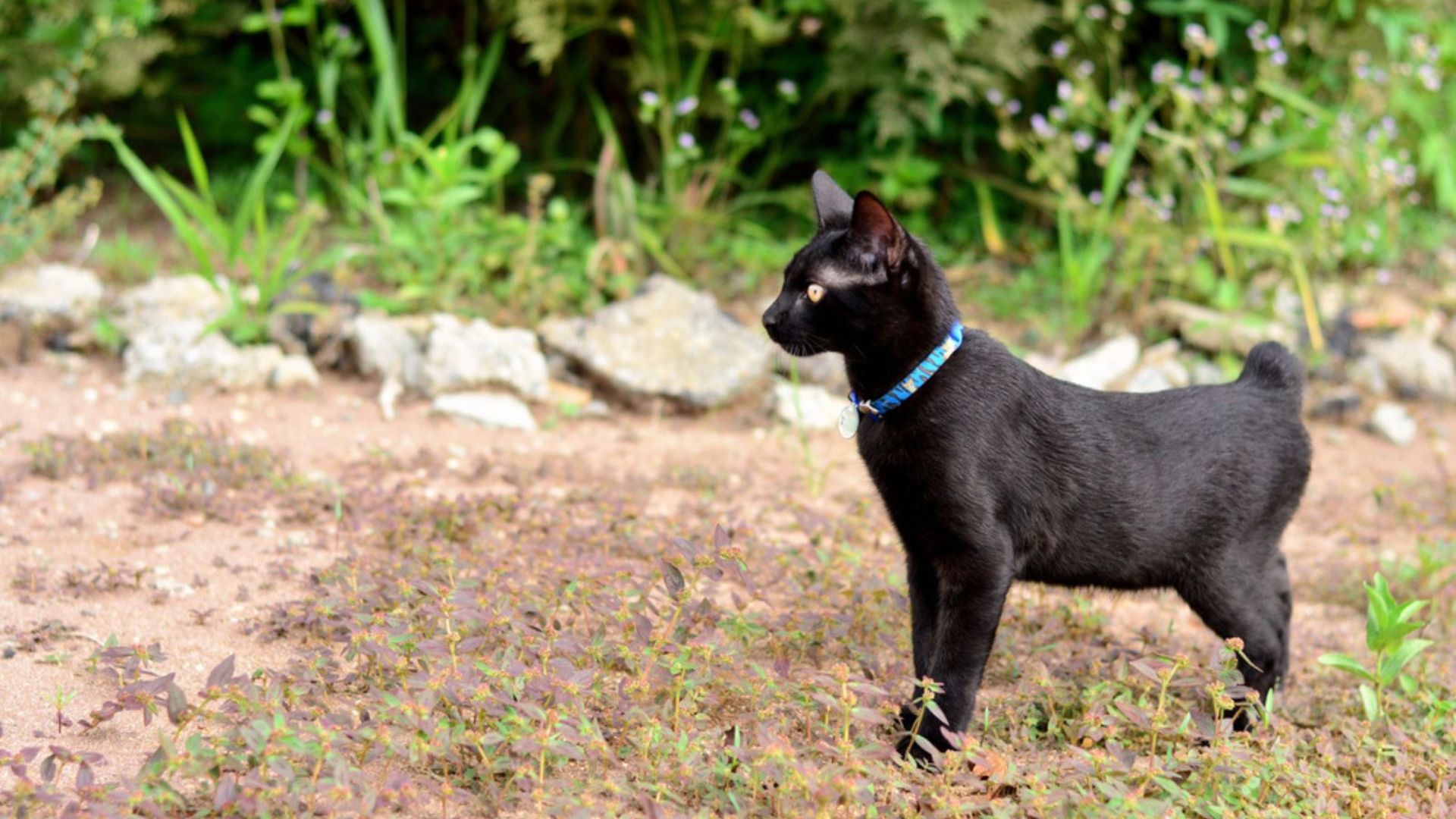
Check out the following cat breeds with no tail and see if there are any differences in their personality traits, health, and care guides.
According to some legends, the Manx cat had its tail severed because it was tardy for Noah’s Ark’s departure and had its tail trapped in the door. Some people claim that this legend refers to the Cymric, which is also a cat breed with no tail.
Whichever it is, we know that both of these, and a few other cat breeds, are indeed tailless. What does this look like, and are there any health conditions associated with a lack of a tail in cats? Continue reading and find out.
1. The Manx

Credit: Shutterstock
As a result of a naturally occurring genetic mutation that causes short tails in cats, the Manx was, for centuries, the dominant cat breed on the British Isle of Man.
Known for its ancient hunting techniques, the Manx has been a favorite cat breed of sailors and farmers for as long as it has existed; some even think they resemble the British Shorthair cats a bit.
First of all, Manx cats are round all around. Their head, eyes, and ears are round in shape. Also, their hind legs are notably longer than their front legs, which gives their entire body shape a round appearance.
The Manx’s thick, double coat allows for healthy shedding, but it can also tolerate warm climates and water very well.
In fact, Manx cats can be found in all shades and specimen combinations, with a pure white coat. Shade-tipped Manxes are the rarest, and orange, tabby, and tortoiseshell cats are the most common.
The Manx is a good-natured and laid-back cat. Although the cat has a strong sense of independence, it is loyal to its family and often follows the people he likes around the house.
Generally, they are very social, intelligent, and playful. Some people claim that they can learn to fetch things, and can be taught verbal commands like dogs.
2. Pixie-Bob Cat
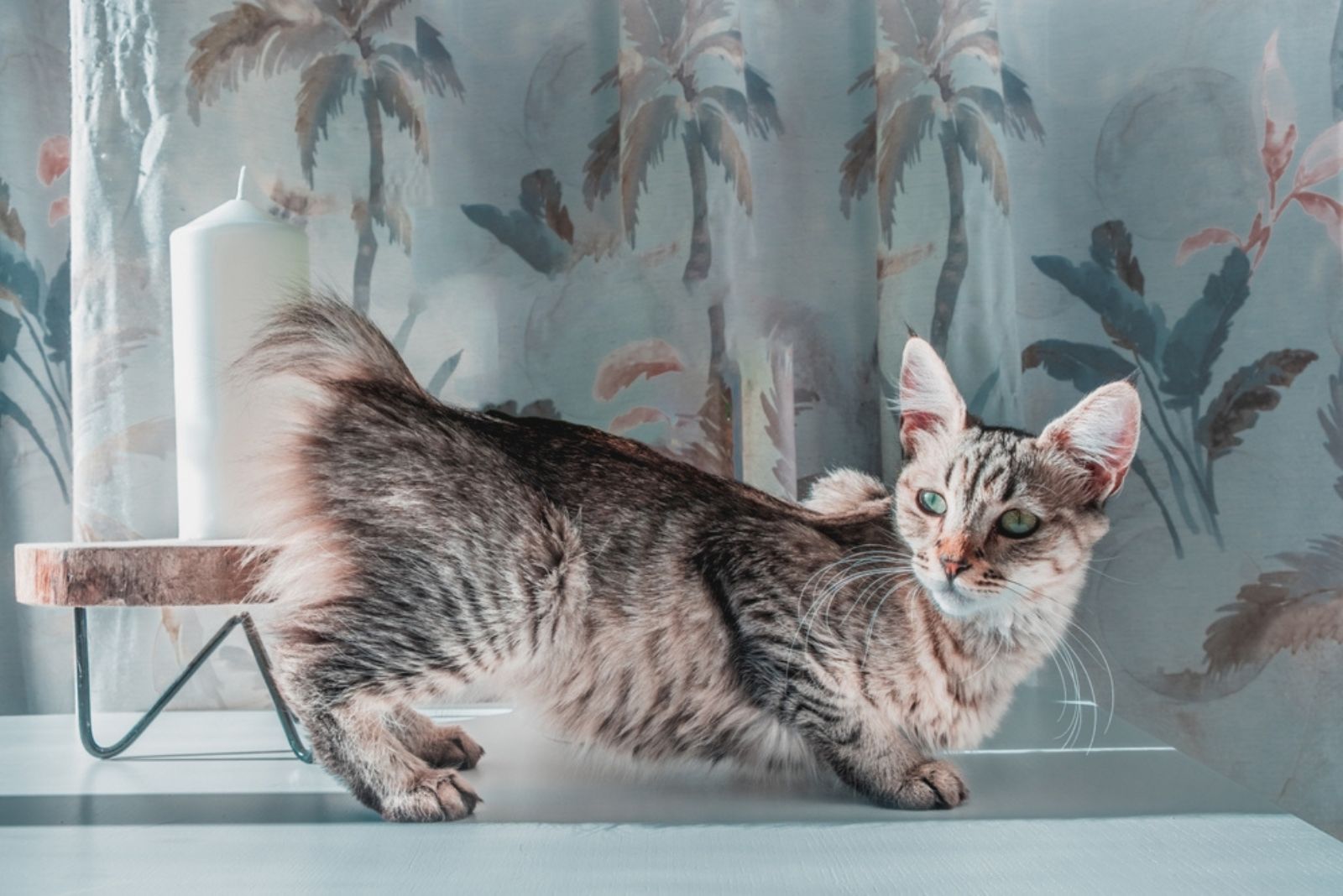
Credit: Shutterstock
The Pixie-bob – a huge, muscular cat – is said to be the result of a love affair between a domestic shorthair and a bobcat.
Although they resemble their wild cousins, DNA testing reveals that they are a fully domestic cat breed with a lovely, amiable attitude and a dog-like commitment to their owners.
The Pixie-bob certainly does resemble his alleged wild ancestors. Most Pixie-bobs have black fur, pores, and skin on their paws, and also black pores and skin on their chins, lips, and around their eyes.
The chin and eyes are typically crowned with white fur. Their head is pear-shaped, with medium-sized, tipped ears, which also have ear tufts.
These cats can also have either a short coat length or a long coat length. However, they always have thick double coats that might feel rough to the touch. The coat is usually a tabby pattern that resembles the wild bobcat, but many color variations are possible.
Pixie-bobs are sweet-tempered, easy-going animals. They hardly ever vocalize in conventional meows, opting rather for infrequent chirrups or headbutts to communicate their needs.
They are not a ‘high-energy’ breed like the Bengal or Savannah cat – they enjoy sitting on your lap. They hold a fantastic balance of adventurous fun and nap time.
The breed is friendly to other cats, but dogs may be introduced gradually. According to The International Cat Association (TICA), Pixie-bobs are renowned for being exceptionally robust travel companions, as well as ideal play companions for youngsters.
3. Japanese Bobtail

Credit: Shutterstock
Japanese bobtails are known and loved for their short, kinked tails, outgoing personality, and athletic ability. This intriguing breed is native to Japan but is well-known worldwide.
These lively creatures are excellent companions, especially for youngsters. Japanese bobtails like being the center of attention, and they play an important role in family life. They are also low-shedding, simple to groom, and extremely clever
The bobbed tail, also called the ‘pom’ of the Japanese bobtail is, of course, its distinctive physical feature. It has the appearance of a rabbit’s tail rather than a cat’s.
The stubby tails of these pets are generally a little more than 3 inches long, coated with tufts of hair, and twisted or kinked to one side. The Japanese bobtail is a medium-sized cat with a robust and muscular body.
Japanese bobtails have two sorts of coats: long and short. The coat of Japanese bobtails can either be solid, bi-color, calico, or tabby, but it is most typically white with colorful spots, known as the ‘van pattern.’
Their long and short coats are both silky smooth, easy to groom, and shed very little. Japanese bobtails are playful, sociable, and extremely intelligent. This breed gets along nicely with children, dogs, and other cats.
Japanese bobtails, unlike other kittens, become active at an early age and stay active for most of their lives. According to the Cat Fanciers’ Association (CFA), these cats have a lot of energy and adore all the playtime they get from you.
4. Cymric Cat
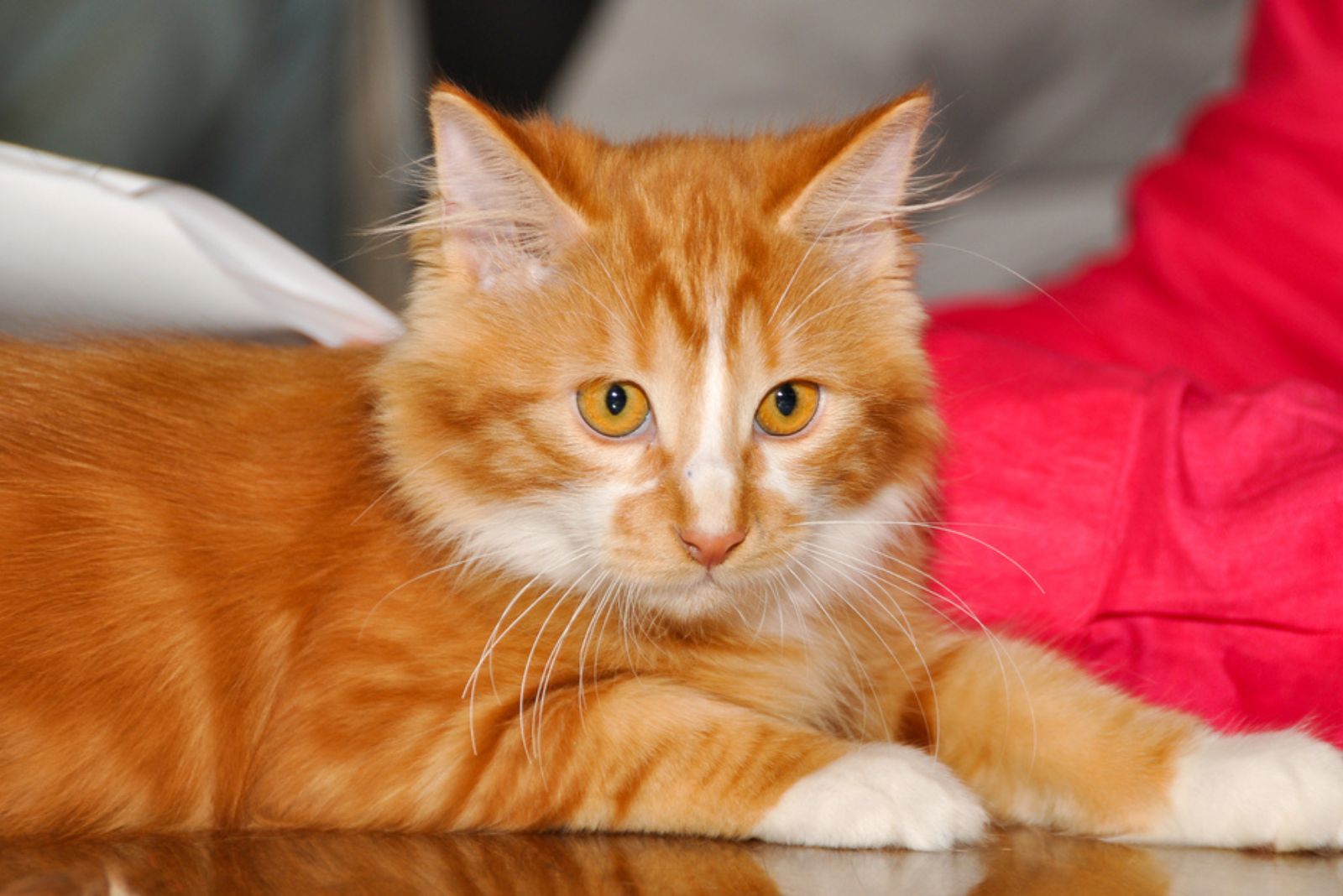
Credit: Shutterstock
The Cymric is a stocky, strong-boned, medium-sized cat. The Cymric may either look larger than it is, or you may be unaware of how heavy it may be when completely mature.
The Cymric is a rounded cat with a round head, eyes, whisker pads, and rump.
When viewed from behind, the placement of the ears creates a rocker shape. A Cymric’s back end is taller than its front end, which is visible when it stands.
‘Rumpy’ is the name given to these cats. Some Cymric cats are known as ‘stumpies’ because they have a little stump of a tail; they are also called ‘rumpy risers’ because when you place your palm around the rump, the little tail rises.
This small tail may get covered by a fat pad as a rumpy riser ages, and it will no longer rise when handled. Some Cymric kittens have complete tails, while others have partial tails.
The Cymric has long, thick, and dense hair and a double coat. Being calm, kind cats, Cymrics are wonderful companions that enjoy human company.
Despite their calm demeanor, Cymrics like running and playing. They have an unusual stride, which makes them appear to be bowling balls moving around the room.
5. American Bobtail
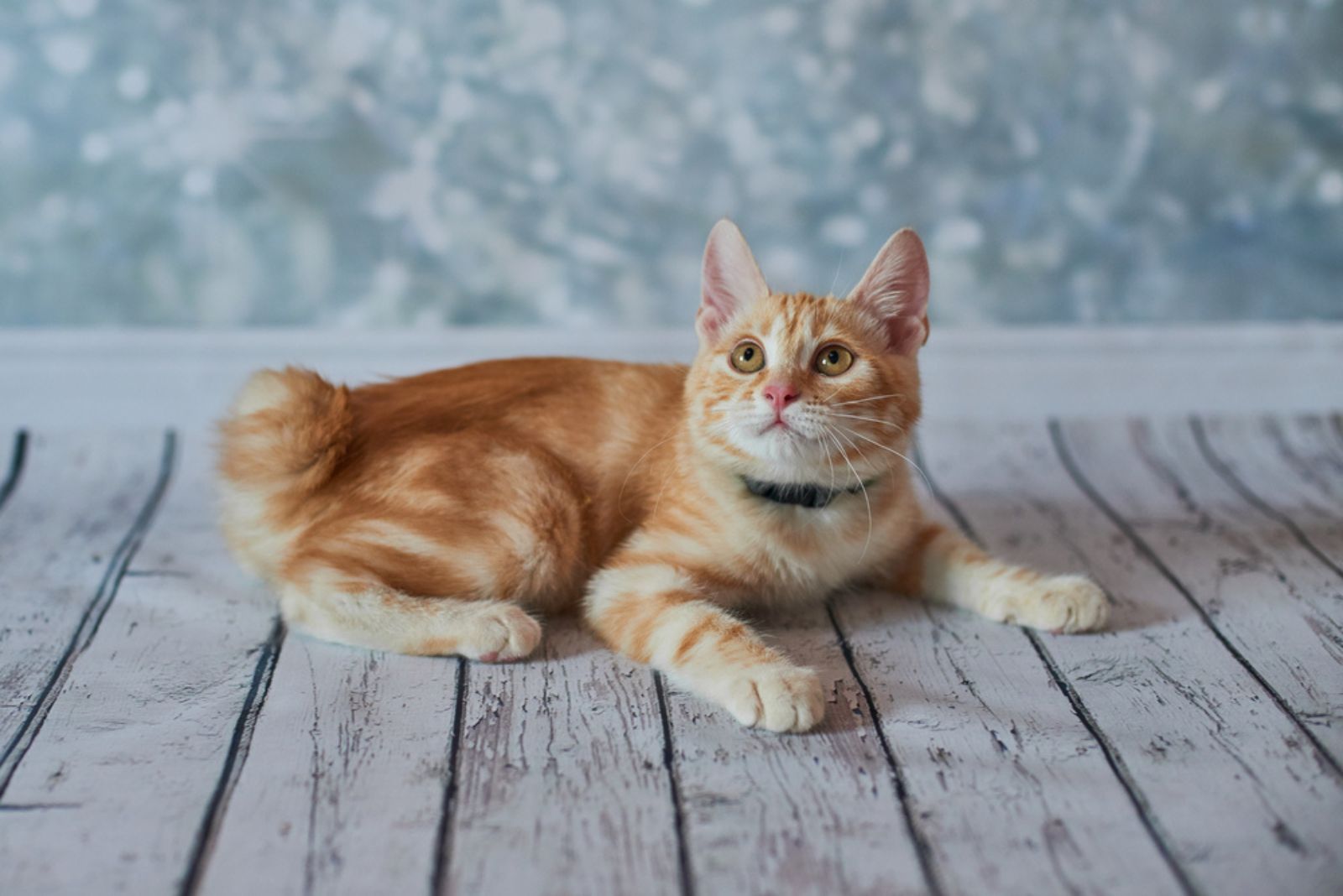
Credit: Shutterstock
American bobtails are widely characterized by their short bobbed tails, rough looks, and outgoing personality.
Because of their warm and sociable natures, they have been dubbed the “golden retriever” of cat breeds. These cats like being around people and have pleasant, sensitive personalities that make them excellent companions.
First and foremost, an American bobtail may be identified by its tail. These cats have a short, bobbed tail that is around one-third the size of a regular cat’s tail.
Based on the breed standard, tails vary in length from 1–4 inches and can either be upright, kinked or rounded along the edge. American bobtails have huge, deep-set, almond-shaped eyes that can be any hue.
They have long back legs and a robust, athletic physique, weighing between 7 and 16 pounds. These cats can be sluggish to mature – they can take 2–3 years longer than the average cat to achieve full maturity.
Sweet, loving, and docile are common descriptors for the American bobtail. These pets make excellent lap cats and friends, and they get along well with cats, children, and cat-friendly pet playmates.
American bobtails are intelligent creatures that require mental and physical stimulation. Don’t be shocked if he chirps and trills to indicate that he wants some one-on-one time with you.
6. Kurilian Bobtail Cat

Credit: Shutterstock
The Kurilian Bobtail is actually a natural cat breed, which means it evolved on its own with little or no interference from humans, specifically on the Kuril Islands in Russia.
The appearance of the Kurilian Bobtail is misleading. The Kurilian may appear tiny at first glance, but when you pick him up, you’ll realize he’s a strong bundle of muscle.
The cats might not achieve their maximum size until they reach five years old. With its bobtail and lengthy rear legs, the Kurilian is frequently compared to the desert lynx.
Because of its large hind legs, this cat is an excellent jumper, and it is well-known for its hunting abilities. Any rodents (or even small pets) in the area are at risk if you live with a Kurilian bobtail cat.
They also like playing in the water, which is not unusual considering their island background and a water-resistant coat.
This cat is quite busy, but that doesn’t mean it won’t sit down for some petting. It is typically loyal and kind, which makes this cat breed a terrific companion. This is a clever, curious, and independent cat, yet a Kurilian will want to spend time with you.
However, because this breed is recognized for its hunting abilities, ferrets, hamsters (or other rodents), rabbits, and potentially even birds and aquarium fish may be at risk if a Kurilian is around.
7. Highlander Cat

Credit: Shutterstock
The Highlander is a cross between the beautiful Desert Lynx and the interesting Jungle Curl. Highlanders seem strong and wild; however, they are gentle giants at heart.
They enjoy being the focus of attention, and, like most cats, they are terrific performers, playmates, and nappers.
Highlander cats are medium to large in size, with muscular bodies. Most Highlanders have curled ears and short, bob-like tails, which they’re recognized for, but some are born with straight ears and/or long, ‘regular’ tails.
They are tall and broad at the base, with the top third of the ear curling loosely and backward in many Highlanders.
If this breed’s tail is naturally short, it can range from 1 to 6 inches in length. This clever breed is readily taught to retrieve, walk on a leash, and sit. And, don’t be shocked if they greet you at the door holding a toy in their mouth.
Highlanders are a very energetic, robust breed that enjoys running, playing, and chasing. They are friendly and tolerant with children, who are frequently their favored playmates. Cat trees and sturdy toys will keep these high-energy felines entertained.
Highlanders are friendly and get along with everyone, even dogs and other pets. They like being the center of attention, and they will fool around and perform tricks to amuse their owners.
8. Mekong Bobtail
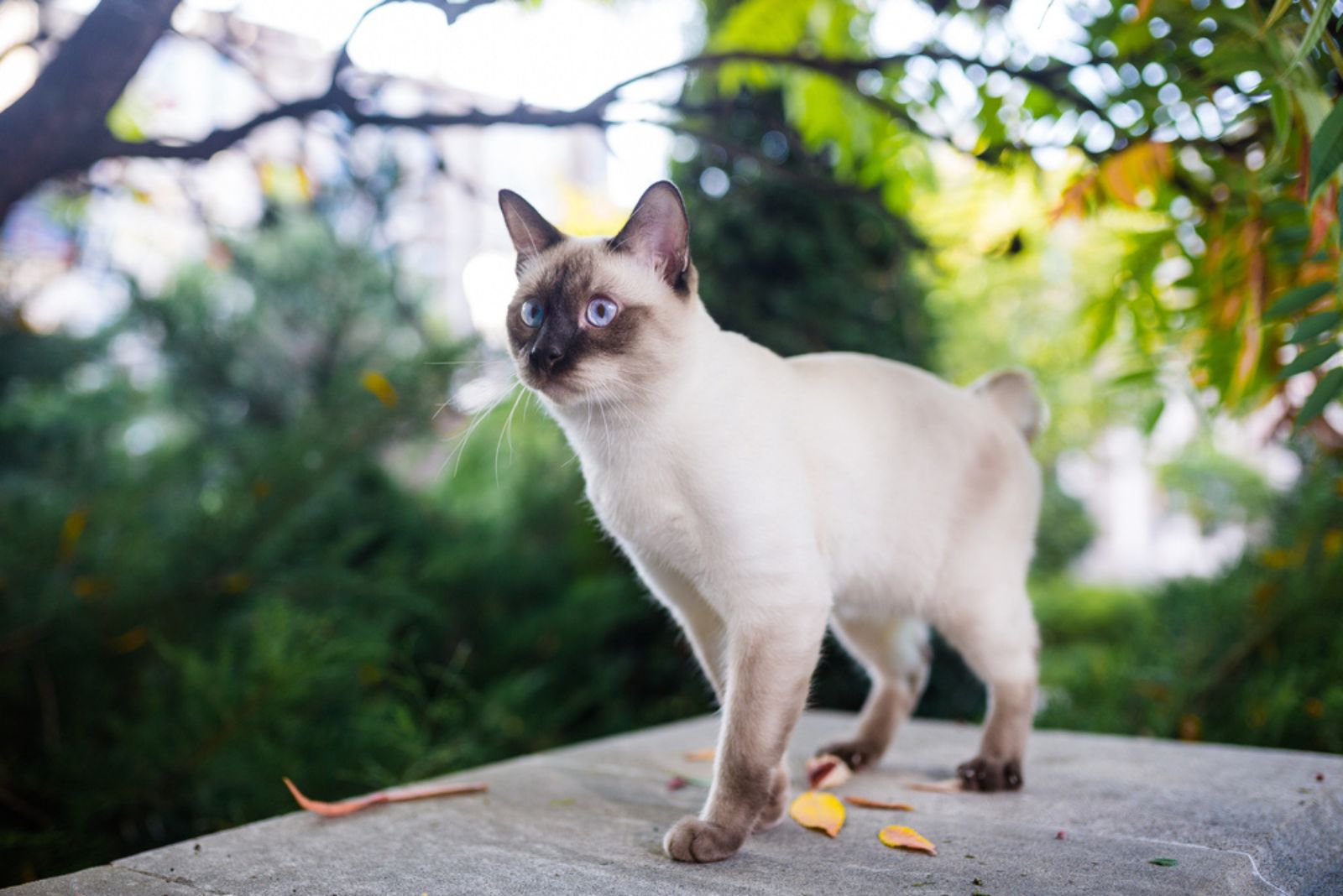
Credit: Shutterstock
The Mekong bobtail cat is a natural cat breed, which means it came into existence without human influence. These felines are recognized for being loyal, friendly, and clever.
Mekong bobtails are typically medium-sized cats, although the exact size may differ as is usually the case.
The Mekong bobtail is an extremely devoted breed of cat, known for immediately forming loving and deep ties with the people in its life. Don’t be shocked if your Mekong bobtail insists on following you around the house!
In fact, if your house is unoccupied for long periods of time during the day, the breed may become lonely. This is unquestionably a feline that thrives in a lively home with lots of activity.
The breed adores climbing, so be sure to provide a cat tree in your house and, preferably, secure furniture that the cat can effectively climb.
9. Owyhee Bobcat
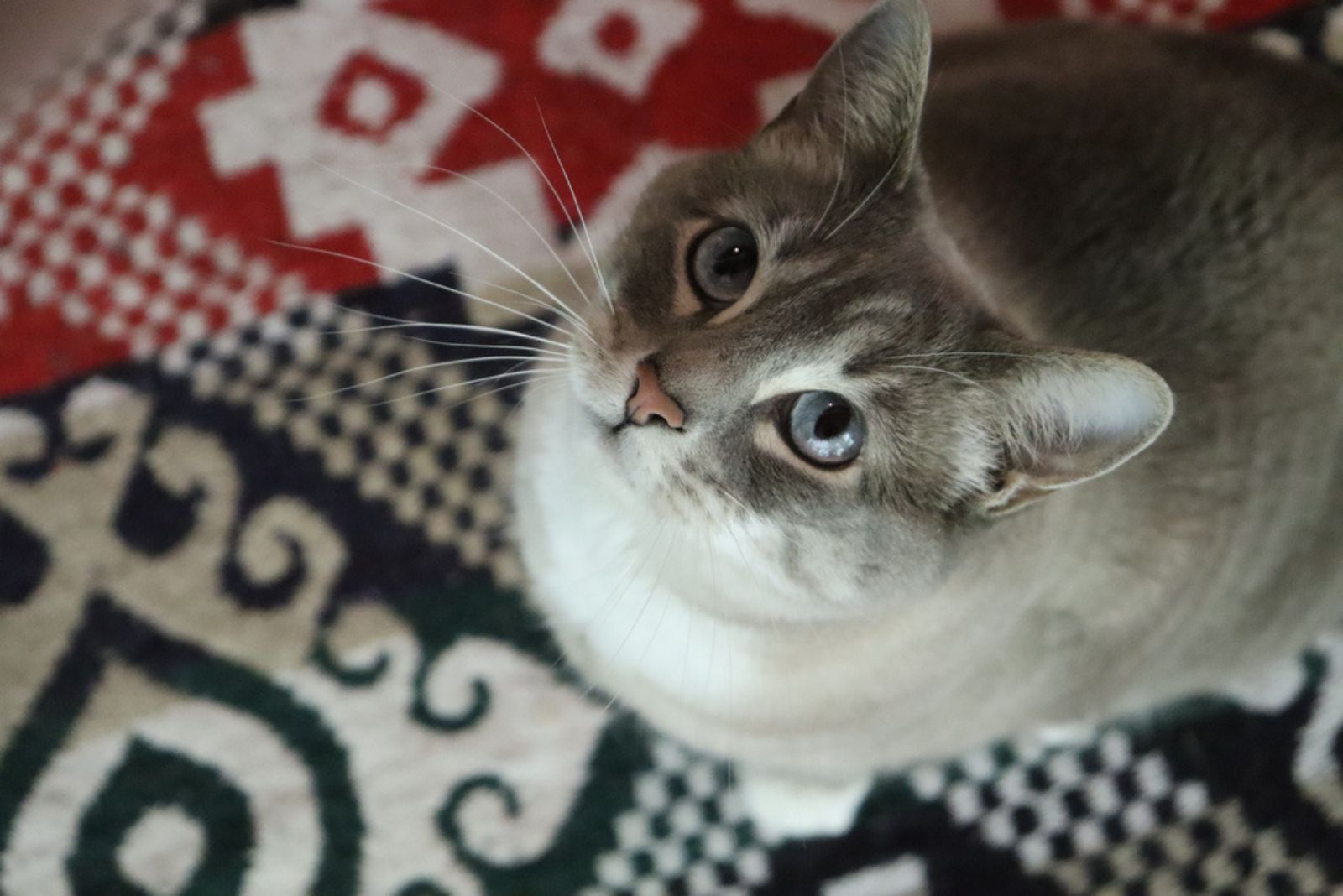
Credit: Shutterstock
The Owyhee Bobcat is a hybrid between the Siamese and the Manx breeds, and it actually has morphological characteristics of both.
It’s still listed under the category of experimental cat breeds. The most distinguishing characteristics of the Owyhee are its distinct coloration, blue eye color, muscular build, and stumpy tail; however, some have no tails at all.
The Owyhee Bobcat is a hybrid between the Siamese and Manx breeds. Aside from the blue eyes and stumpy or short tails, their color and structure distinguish it. It is available in all colorpoint patterns and colors.
The Owyhee Bobcat has a lively, sweet-tempered attitude, and it is often social. This breed is quite noisy and meows frequently, enjoys being a member of a family, and is as devoted as a dog.
Its demeanor is also reported to be more like that of a dog than that of a cat. It is incredibly intelligent, and it can be trained to sit, lie down, and retrieve a ball.
They get along nicely with other animals, such as dogs; however, some female cats are territorial and violent against other animals.
10. Toybob Cat
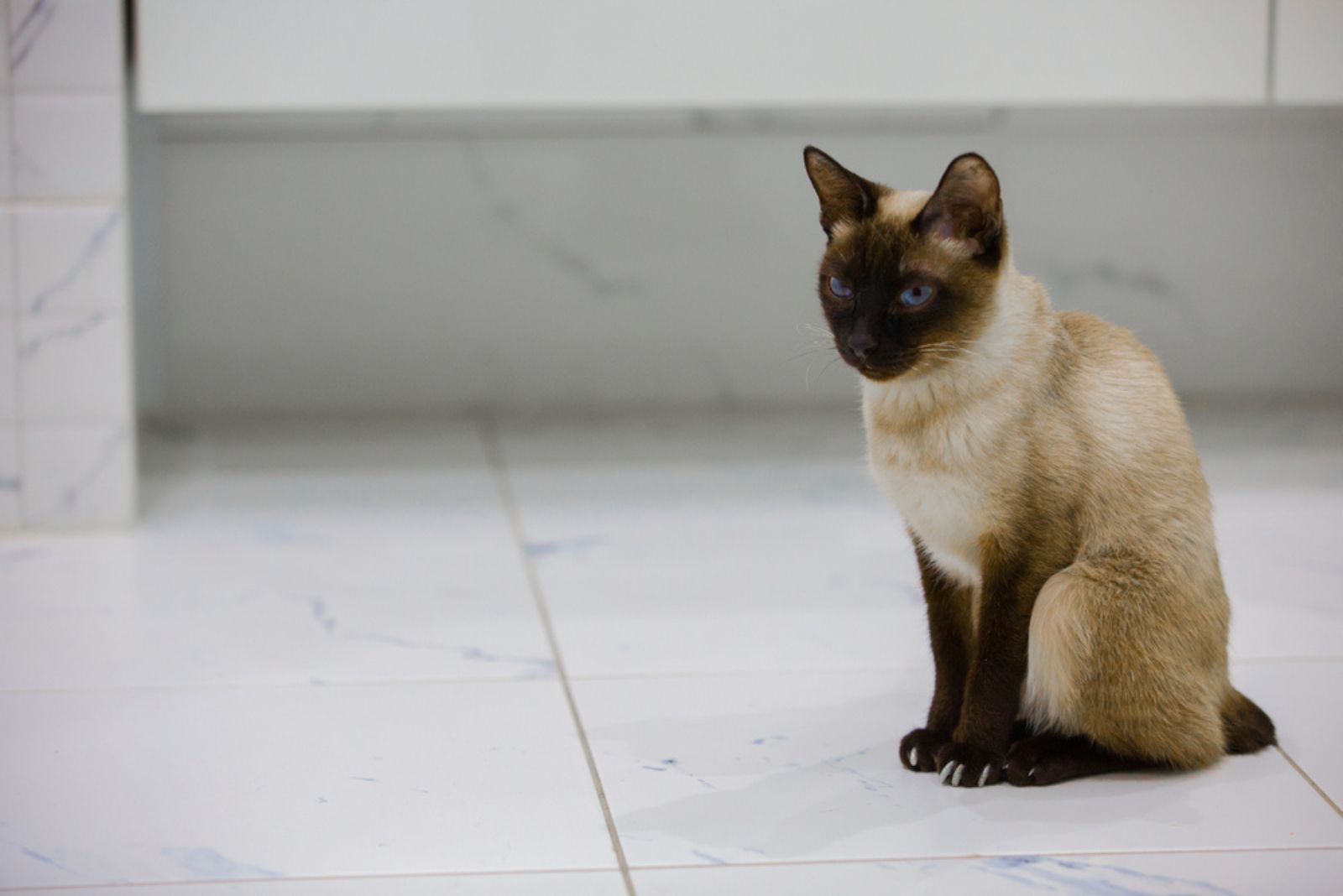
Credit: Shutterstock
Toybobs are little cats with large hearts and endearing personalities. They make terrific pets and cuddly friends since they are affectionate, playful, and amusing.
The Toybob is a tiny cat that has a compact, muscular physique and a bobbed tail. The Toybob’s tail is, at best, one inch long, and it can stretch all the way to the hock. It’s bobbed in a variety of kinks and curves.
A refined, wedge-shaped head with round features, a square-shaped nose, medium-tall ears, and big, expressive eyes are further distinguishing characteristics of this breed.
Toy Bobs are excellent pets due to their gentle, peaceful attitude and cheerful demeanor. They’re friendly and suitable for almost everyone, from families with children to solitary seniors.
11. Minskin
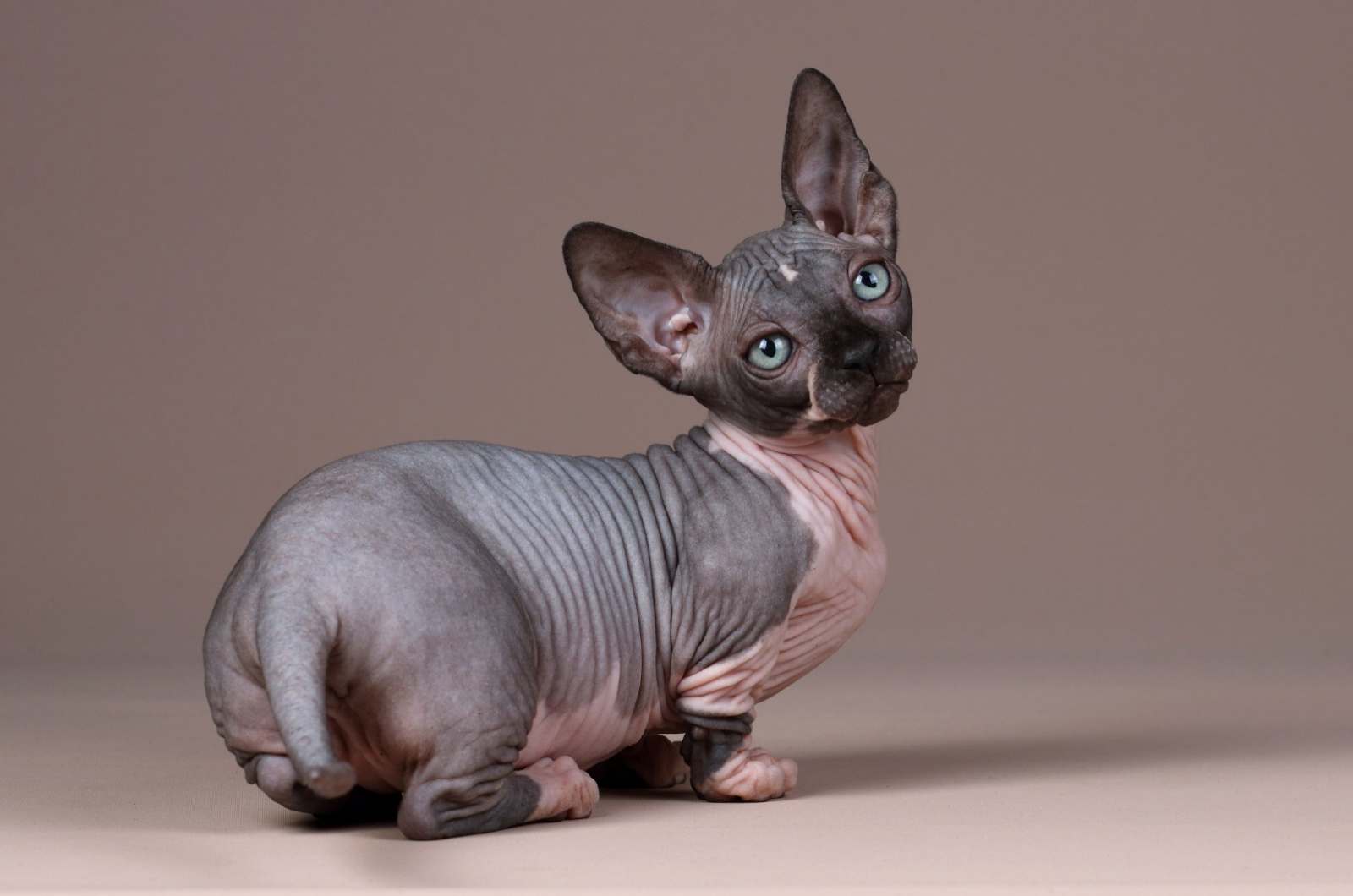
Credit: Shutterstock
The Minskin cat is a relatively new breed that has gained popularity for its distinctive appearance and affectionate personality.
This tailless or short-tailed breed is the result of crossing the Sphynx and the Munchkin, bringing together the best qualities of both. Minskins are known for their soft, plush coats, which are often a mixture of fur and downy fuzz, making them feel similar to a warm, velvety blanket.
Despite their short limbs (a hallmark of the Munchkin breed), they are playful, energetic, and have a strong, curious nature.
Minskins are also social and people-oriented, making them excellent companions for families and individuals alike. Their unique appearance and outgoing personality have made them a beloved choice among cat enthusiasts.
12. Lambkin

Credit: Shutterstock
This is an adorable and rare tailless cat breed known for its distinctive “lamb-like” appearance, characterized by its soft, curly fur and expressive eyes. A result of crossing the Munchkin with the Selkirk Rex, the Lambkin inherits the Munchkin’s short legs and the Selkirk Rex’s curly coat.
These cats are compact and muscular, with a cute, rounded body shape that adds to their charm. Their fur is dense and soft, requiring regular grooming to maintain its plush texture.
The Lambkin is known for its affectionate, friendly nature and loves to interact with its human companions, often forming strong bonds.
Though their playful energy is balanced by a calm demeanor, their lamb-like appearance and gentle personality make them stand out as a truly special breed.
